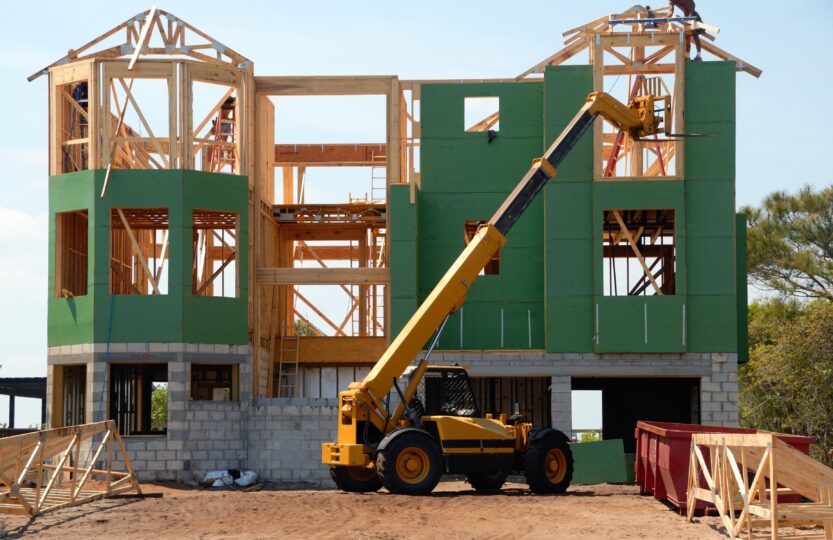The ransomware attack on Colonial Pipeline, the nation’s largest refined fuel line running from Texas to the Northeast, has sent consumers scrambling to the gas pumps in a panic over the past several days.
Demand for fuel was up 32.5% on the East Coast on Monday — and AAA reported that the nationwide average gas price climbed above $3-per-gallon for the first time in six years.
The economics of panic have a way of intensifying short-term supply issues. That’s why we’re seeing gas stations around the country, particularly in the Southeast, running out of stock. With the Colonial Pipeline back up and running again as of May 12, supply returning to normal levels should be in the near future.
But what about prices? In reality, gas prices were already climbing in the U.S. prior to the pipeline hack. The loosening of COVID-19 restrictions around the world has prompted a strong rebound in demand, coupled with a typical seasonal hike in prices as travel ramps up in the U.S.
With the exception of some states in the South, most of the gas price increases we’ve been seeing will have little to do with the pipeline hack by the end of the month.
That doesn’t mean the issue of high gas prices should be ignored.
In the context of the U.S. housing market, rising gas prices could lead to increased construction costs and more stress on an already low inventory of existing homes. The competitive bidding wars and high home prices aren’t going anywhere, at least in the short term.
High gas prices are likely to compound a much-less-discussed lumber shortage that has been ravishing the pace of new home construction just when it’s most needed in the U.S.
During the peak of the pandemic, many sawmills shut down lumber production in anticipation of a slump. It was a miscalculation. The allure of low interest rates was too tantalizing to keep U.S. housing demand down.
In 2021, the demand for these new homes is strong, but builders simply can’t finish them fast enough because they lack the necessary lumber, or they’re eating a major cost to acquire what they can.
The National Association of Home Builders says the surge in lumber prices has increased the price of an average new single-family home by $35,872 over the past year.
The cost of this lumber shortage has been passed on to consumers, but prices are starting an unsustainable climb into territory that may push away some homebuyers.
Those looking for affordability won’t find much better luck in the existing home market. The median sale price of existing U.S. homes leaped 17.2% to $329,100 in March, according to the National Association of Realtors. It’s the highest jump since they started tracking prices in 1999.
Adding a spike in gas prices to this equation is a recipe for more pressure on both the supply and demand side of the U.S. housing market.
Gas prices can have a real effect on home construction, not only in various costs to builders but in demand for housing in certain locations.
The U.S. Federal Reserve conducted a study on rising gas prices and new construction in the years leading up to the 2008 recession, finding that higher gas prices push down new construction in areas that have longer commutes to employment centers. Demand for housing in those farther-flung areas was dampened by the prospect of expensive commutes.
If homebuilders lack the supply they need and face steep fuel costs, will they rush to build in areas they expect would have less demand, preventing them from recouping the higher construction costs?
It’s possible that the federal government may intervene in order to ease the supply problems in both the lumber and gas markets, as some industry leaders have said may be necessary. The Biden administration could temporarily remove a tariff on Canadian lumber, for instance, or waive the 101-year-old Jones Act to allow foreign tankers to deliver petroleum products to the U.S. to bridge the deficit in supply.
Supply issues can have fascinating and disruptive effects on other essential markets. The impact is even greater when these markets are already in a feverish state.
It’s difficult to predict how these forces will impact the U.S. housing market over the next year, especially in light of the historic economic shifts unfolding through the pandemic and the changes that will occur as the nation reopens more broadly.
In the near term, the pressures felt by the home construction industry combined with the limited supply of existing homes likely will mean that prices remain high. How high they go during the brisk pace of the summer and fall seasons is going to be a test of the appetite for homebuyers who are already struggling to find places to lay down a welcome mat.
Photo credit: Pixabay/Pexels.com



681 Comment
Comments are closed.